Scientists have found a gate built from large stone blocks leading to the ancient city of Ullastret, which once had a population of up to 6,000.
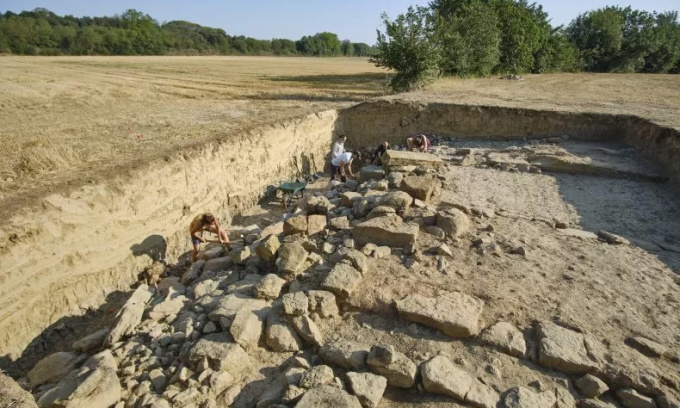
Experts excavate the entrance to the ancient city under the dry lake Ullastret. Photo: Archaeological Museum of Catalonia
The city of Ullastret, which dates back to at least the 6th century BC and was abandoned in the 2nd or 3rd century BC, was discovered in the 1930s. Scientists have been excavating the site for decades and recently found a massive gate leading into the city in the middle of Ullastret Lake, which dried up more than 100 years ago in Spain, Newsweek reported on July 7.
"This is one of the most important discoveries made by the team in recent years," the Archaeological Museum of Catalonia said in a post on Facebook.
The gate leads to the lower part of the city and is surrounded by huge stone blocks. It was discovered during an excavation by the Archaeological Museum of Catalonia and SPAHI from June 6-30 at Ullastret Lake. Archaeologists had previously hypothesized in 2016 that there might be a massive entrance to the city under the lake.
The entrance consists of two parallel branches, each 2.3 m wide, built of large, well-worked stone blocks, arranged perpendicular to the wall that encircles the western part of the city. These walls run around a 4 m wide corridor that serves as the starting point for one of the city's main streets.
The city was founded by the Indigete tribe and was the largest city in Catalonia at the time. Ruins have been found in the city including houses, grain silos and temples. Experts believe that at its peak, the city had a population of more than 6,000 people.
The newly discovered entrance was completely blocked by stone blocks, which the archaeologists believe was intended to close the city after it was abandoned. The city was abandoned in the late 3rd or early 2nd century BC, possibly as a result of the Second Punic War in the northeast of the Iberian Peninsula. The war lasted from 218 to 201 BC, and was fought between the Carthaginian civilization, which ruled much of North Africa and Spain, and the Romans, who ruled Italy and the islands of Sardinia and Corsica.
Archaeologists hope to continue studying the site to learn more about the lives of the people who lived there and why they left the city.
Thu Thao (According to Newsweek )
Source link



![[Photo] Close-up of Tang Long Bridge, Thu Duc City after repairing rutting](https://vphoto.vietnam.vn/thumb/1200x675/vietnam/resource/IMAGE/2025/5/19/086736d9d11f43198f5bd8d78df9bd41)

![[Photo] Panorama of the Opening Ceremony of the 43rd Nhan Dan Newspaper National Table Tennis Championship](https://vphoto.vietnam.vn/thumb/1200x675/vietnam/resource/IMAGE/2025/5/19/5e22950340b941309280448198bcf1d9)
![[Photo] President Luong Cuong presents the 40-year Party membership badge to Chief of the Office of the President Le Khanh Hai](https://vphoto.vietnam.vn/thumb/1200x675/vietnam/resource/IMAGE/2025/5/19/a22bc55dd7bf4a2ab7e3958d32282c15)
![[Photo] General Secretary To Lam attends the conference to review 10 years of implementing Directive No. 05 of the Politburo and evaluate the results of implementing Regulation No. 09 of the Central Public Security Party Committee.](https://vphoto.vietnam.vn/thumb/1200x675/vietnam/resource/IMAGE/2025/5/19/2f44458c655a4403acd7929dbbfa5039)
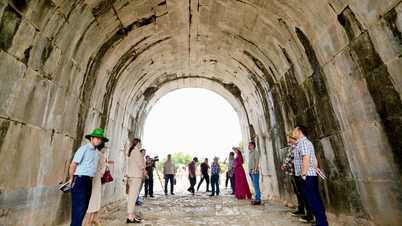







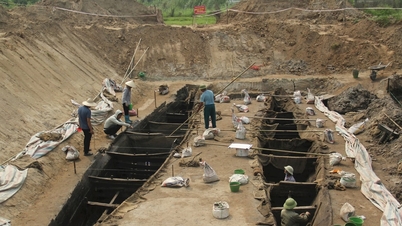



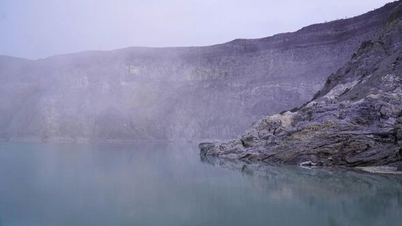














![[Photo] Prime Minister Pham Minh Chinh inspects the progress of the National Exhibition and Fair Center project](https://vphoto.vietnam.vn/thumb/1200x675/vietnam/resource/IMAGE/2025/5/19/35189ac8807140d897ad2b7d2583fbae)









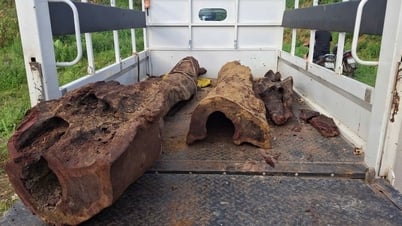




































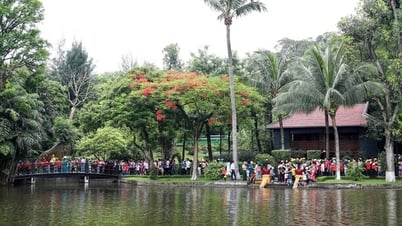














![[VIDEO] - Enhancing the value of Quang Nam OCOP products through trade connections](https://vphoto.vietnam.vn/thumb/402x226/vietnam/resource/IMAGE/2025/5/17/5be5b5fff1f14914986fad159097a677)





Comment (0)